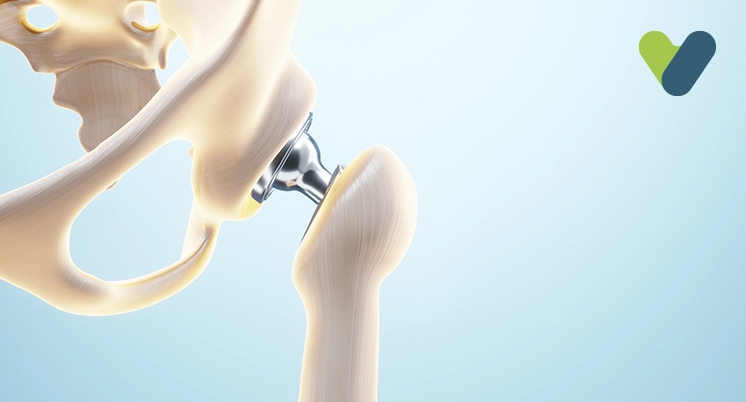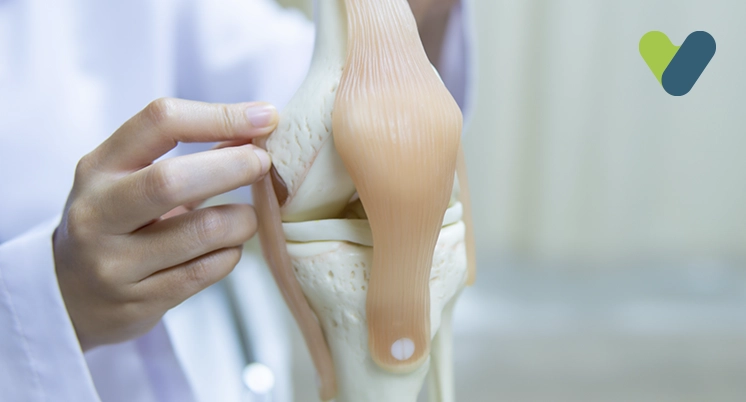Surgery for hip fractures is usually the best treatment option for people whose thigh bone breaks near the hip joint. The most common cause of a hip fracture is an injury, but other factors such as old age, and osteoporosis increase the risks.
You may also prevent a hip fracture by ensuring you get enough physical activity, eating healthy and balanced meals, and getting regular checkups. However, a hip fracture will greatly impact your mobility.
There are other treatment options, besides hip fracture surgery, to manage the pain and recover from the injury. However, they are not as efficient as the surgery and may lead to unwanted complications from staying bedridden for a day or two.
What is a hip fracture?
A hip fracture generally refers to a fracture in the upper part of the thigh bone (femur). Due to the function of the thigh bone in our day-to-day movements, a hip fracture is not usually treated with a standard plaster. Doctors recommend a surgery for hip fracture in most cases.
The hip joint is a ball-and-socket joint; the head of the femur is shaped like a ball and fits in the hip socket and allows movement. Various ligaments, tendons, muscles, etc., support the joint and keep everything in place. The most common type of hip fracture occurs at the neck of the femur bone or at the length of the femur. People with strong and health bones have a lower risk of hip fractures.
Usually, people get hip fractures from an injury, but there are certain factors that increase the likelihood of a hip fracture, including the following:
- Age
- The bones start to become weaker with age.
- Gender
- Women have a high chances of getting a hip fracture as their bones become weaker after menopause.
- Osteoporosis
- Health conditions that make your bones weaker, such as osteoporosis, increase the risk of a hip fracture.
- Lifestyle
- People who don’t get much exercise or drink excessive alcohol are more likely to get a hip fracture.
Treatment for hip fracture
Most hip fractures are diagnosed when the patient falls or has an accident and complains about pain in the hip area. Your doctor will perform a physical examination and conduct some tests, including an X-ray, an MRI, and a CT scan, to confirm the diagnosis and prepare a care plan.
Depending on your age and other factors, the doctor will recommend surgery or other forms of treatment for the hip fracture. If you are eligible for surgery, you will be operated on within a day or two.
Open reduction and internal fixation surgery (ORIF)
Open reduction involves the surgeon exposing the femur bone and realigning the broken pieces correctly to prepare for the next part—internal fixation.
Internal fixation means manually reconnecting the broken bones. This is usually done after the open reduction with the help of screws, plates, rods, wires, or nails. Generally, these implants are made of stainless steel and titanium, making them strong and extremely durable. In the case of a replaceable implant, cobalt and chrome are used.
This procedure starts with administering you a dose of anaesthesia to put you to sleep. After cleaning the hip area, a surgeon will make an incision through the skin and reach the impact location. Then the surgeon performs an open reduction and realigns your fractured bones naturally. After ensuring the bone is in correct alignment, your surgeon will fix the broken pieces together using an appropriate implant; the type of implant used is determined before the hip fracture repair surgery.
This type of surgery is usually performed when there is no damage to the hip joint and a steady recovery is possible without replacing the hip.
The patient usually makes a full recovery in about 4–6 months, but they start to move around in about 4–6 weeks with the help of a walker.
Hip arthroplasty
Hip arthroplasty refers to the replacement of the hip joint. If the injury causes enough damage to the head of the femur to prevent internal fixation, the doctor usually opts for replacing it.
If only the femur head is severely damaged, the surgeon performs a partial hip replacement. If both the femur’s head and the hip socket are damaged, the surgeon performs a total hip replacement. Replacing a joint is usually done when the current state of the hip joint indicates further deterioration or when it cannot be fixed with internal fixation. A partial hip replacement, or hemiarthroplasty, is common in patients with hip fractures.
In this procedure, the surgeon starts by making an incision near the hip to access the hip joint after giving the patient anaesthesia. They will then replace the damaged parts of the hip joint, i.e., either the upper part of the femur or the hip socket and the upper part of the femur. The prosthetic implants are usually made of materials like titanium, ceramic, etc. The surgeon makes space for the implants by cutting the femur bone and/or shaving the hip socket (acetabulum). The implants are then placed and fixed with the help of special cement and/or screws. The size of the hip implants is decided in advance using the test reports in the planning stage.


